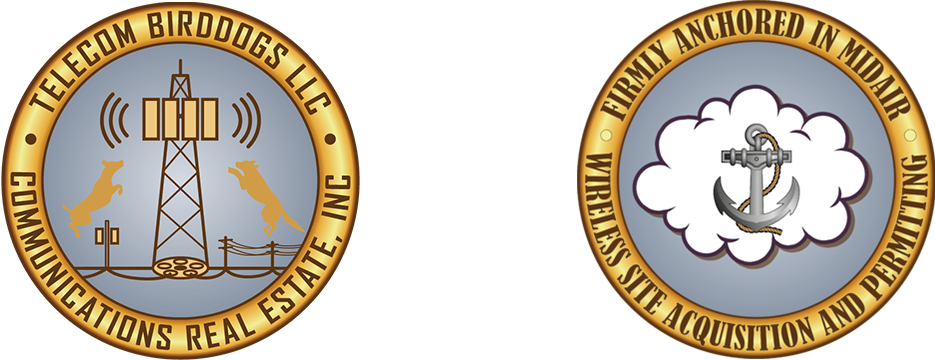Site Development Process #1- Site Search Due Diligence
Site Development Process #1 Site/Search Area Due Diligence Research
Search and identify specific properties as candidates for development based upon client-provided criteria, property owner interest, and the local application of land-use regulations.
There are six steps to initiate search area assignments.
(1) Identify existing structures.
(2) Find favorable zoning districts for a new antenna structure.
(3) Focus on suitable properties with land space in favorable zoning districts.
(4) Eliminate from consideration undesirable surface areas for construction.
(5) Determine the most desirable land space for the construction.
(6) Qualify the owners of existing structures and the most desirable land space for construction based on property owner interest, willingness to accept the proposed parameters for the development, and the availability of desirable space.1
These steps are the subject of Modules 7–12.
Mapping is used to identify existing structures and favorable zoning districts. In Module 7 Search Area Assignment, and Module 8 Search Area Mapping, we will talk about evaluating the search area assignment and mapping to identify existing structures and ground locations for consideration. This leads us to the ground spaces we want to study, after dismissing areas that won’t work for our purposes.
To start Process #1- Site Search Search Due Diligence of the Roadmap,
go to Module 7- Search Area Assignment.
In Module 9 Zone-ability; Module 10 Constructability; and Module 11 Lease-ability, we’ll get into a deeper understanding of how potential alternate locations and their parent properties compare, particularly if a new structure needs to be permitted and constructed. These three modules present measures of development criteria that are often at odds with each other. For instance, you will see how RF suitability and constructability can be in conflict.
Our goal is to find a balance among RF suitability, zone-ability, constructability, and lease-ability. As such, the sequence described above translates to keeping RF suitability as our first priority. The second priority is zone-ability and the third is constructability. Once you have qualified properties according to the first three priorities, you can determine which locations satisfy the fourth priority, lease-ability. After this process, you’re ready to talk to property owners.
We’ll consider conversations and negotiations with property owners in Module 12 Property Owner Communications, to qualify some properties and disqualify others. From these interviews, you can produce a shortlist of the most desirable locations for development. They will then be documented for site selection.
Upon the completion of the Course Topics in Module 7- Search Area Assignment,
please progress in the Roadmap to Module 8- Search Area Mapping.
Upon the completion of the Course Topics in Module 8- Search Area Mapping,
please progress in the Roadmap to Module 9- Zoneability.
Upon the completion of the Course Topics in Module 9- Zone-ability,
please proceed in the Roadmap to Process #1: Module 10- Constructability.
Upon the completion of the Course Topics in Module 10- Constructability,
please proceed in the Roadmap to Module 11- Lease-ability.
Upon the completion of the Course Topics in Module 11- Lease-ability,
please proceed in the Roadmap to Module 12- Property Owner Communications.
Upon the completion of the Course Topics in Module 12- Property Owner Communications,
please proceed in the Roadmap to Process #2- Search Area Feasibility Report.
